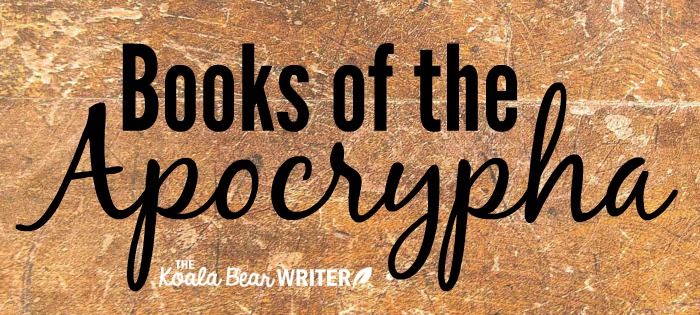Esther is likely one of the best-known stories of the Bible, thanks in part to several novels and movies. Like Judith, Esther tells the story of how one woman cooperated with God to save the Jewish people during a time of dire need. In the Apocrypha, we find an expanded version of the book of Esther.
If you aren’t familiar with the story, here’s the very brief version: King Artaxerxes throws a huge party and invites Queen Vashti to show off her beauty. She refuses, he gets mad and deposes her and starts looking for a new queen. Esther, the beautiful young cousin of Mordecai, wins Artaxerxes’ beauty contest, but keeps her Jewish identity secret. Mordecai’s refusal to bow down to Haman, the king’s right-hand man, causes Haman to plot to kill him—and the entire Jewish people. The king likes Haman’s plan and signs an order to exterminate all the Jews in Persia. Mordecai begs Esther to approach her new husband. Despite fearing for her life, Esther does so, winning the king’s favour again and saving the Jews.
Because the Common English Bible includes the Apocrypha as a section by itself between the Old and New Testaments, it has two versions of Esther. I thus found it interesting to flip back and forth between the versions, comparing various passages.
For example, Hebrew Esther says: “Mordecai had been a father to Hadassah (that is, Esther), though she was really his cousin, because she had neither father nor mother. The girl had a beautiful figure and was lovely to look at. When her parents died, Mordecai had taken her to be his daughter” (2:7). The Greek Esther says: “Mordecai had a foster child named Esther, a daughter of his uncle Aminadab. When her parents died, Mordecai had taken her and raised her to become his wife. The girl was lovely to look at” (2:7).
The biggest differences between the two books are the “Additions.” Greek Esther starts with a strange dream Mordecai has before he overhears a plan by two eunuchs to kill the king, and adds the fact that Haman is mad at Mordecai because those eunuchs are killed for treason. Other additions include two decrees from Artaxerxes, a prayer by Mordecai and Esther, more details about Esther’s appearance before Artaxerxes, and Mordecai’s interpretation of his dream.
The New Jerusalem Bible explains that the “Greek additions are more religious in tone . . . but they only state explicitly what the Hebrew author left to his reader’s intelligence.” For example, we might notice similarities between Esther’s story and Joseph’s in Genesis (both were common people raised to positions of power to help their people in time of need). The New Jerusalem Bible points out, “In the Genesis story of Joseph, God makes no outward manifestation of his power, yet directs events. In the Hebrew book of Esther, similarly, though God’s name is not mentioned, his providence governs every factor in the drama. The actors know it, and trust implicitly in God to work out his saving plan even if his chosen human instruments falter.”


2 Comments
Wayne – thanks! I’m learning lots myself by reading the Apocrypha and writing about it helps me think about what I’m learning. 🙂
Really enjoyed your article today on Esther and learned several things that I did not know.